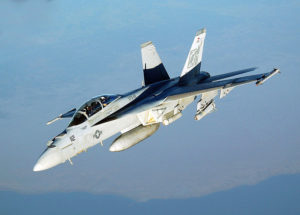 NASA’s research to advance supersonic flight will produce loud booms along Canaveral National Seashore on Space Coast. Residents near the area around Kennedy and Cape Canaveral Air Force Station could hear more than 30 booms during flights next month, NASA officials said Monday.
NASA’s research to advance supersonic flight will produce loud booms along Canaveral National Seashore on Space Coast. Residents near the area around Kennedy and Cape Canaveral Air Force Station could hear more than 30 booms during flights next month, NASA officials said Monday.
Researchers from Langley Research Center in Virginia and Armstrong Flight Research Center, NASA’s primary center for atmospheric flight research and operations, are planning to conduct a series of tests. The two-week investigation is starting in August at Kennedy Space Center. The tests are part of the Sonic Booms in Atmospheric Turbulence flights, called SonicBAT. They will help researchers understand how atmospheric turbulence affects the sonic booms residents hear when aircraft fly faster than the speed of sound.
The project is in its second round of environmental testing. Last summer NASA studied sonic boom behavior in hot, dry climates. The flights were conducted in the desert near Edwards Air Force Base in California. Now the researchers are hoping to use Florida’s humid atmosphere to continue their tests.
Ed Haering, SonicBAT’s principal investigator confirmed that humidity can make sonic booms louder, so the team needs to test some wetter place, like Kennedy.
The series of flights will happen two or three times a day starting August 21 and ending before the end of August or early September. Last year, a contract was awarded to Lockheed Martin to design a quiet supersonic plane dubbed the Low-Boom Flight Demonstration aircraft.
An F-18 Super Hornet will take off from a runway at Kennedy, reach an altitude of 32,000 feet, and speed up to Mach 1, the speed of sound. NASA said residents between New Smyrna Beach and Titusville should not be worried when they hear the blasts.